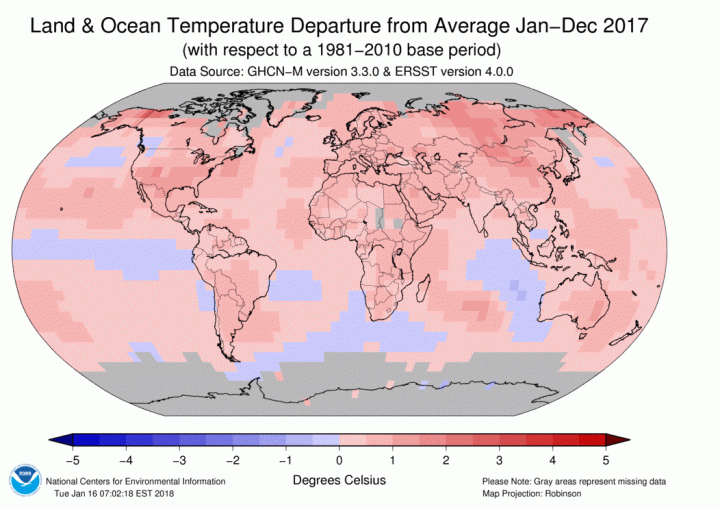
Things are heating up where warmth is least expected.
ADVERTISEMENT
As a lay person - just wondering - Have we had global warming since the ending of the ice age.- and before that, did we have global cooling to start the ice age??? Isn't a large part of global warming a natural phenomenon??
The solar effects on global warming the Earth's magnetic affect beng altered by forces not understand the influence of humanity...science is being driven by the influence of money, and the observations we watch are not being reported with the same exhuberance of say people driving cars. America is clean air exemplified...fly into Gudalahara Mexico and take a deep breath you will understand the air quality of Southern California to be influenced by prevailing winds from our southern neighbor...but such facts do not negate the sun and the magneticshift taking place...be thankful for every moment you share with your neighbors and turn off the lying news. Your mood will change if you stop to accept reality...
Well, rumor has it, that the north pole is making a beeline for Siberia faster than expected, at 10% per decade now and just heard NASA scientists say it is now moving faster than that. The South pole has left Antarctica and is now heading north towards the Indian Ocean. This would explain the erratic weather patterns across the globe and storms. I suspect things will get worse before better. We should all be having a conversations about this but instead, MSM and other sources are hiding the truth from the public. No fear, be prepared, stay safe.
Spoken like a true 0bserver. Just remember that you're talking about magnetic north, not true north.
I don't like the fact that they are basing this off of 60 years of data with an "exception" coming 20 years into their data and an exponential increase since 1980 with last 5 years having the biggest increase. However, that is just judging the information in this article and not looking at data as a whole since 1958. Cherry picking data to fit your conclusion is always a bad thing and lets all be honest that if these climate scientist didn't fit the square data into the circle conclusion, they would lose their funding. We've regressed in science because of this structure in general. How sad.











